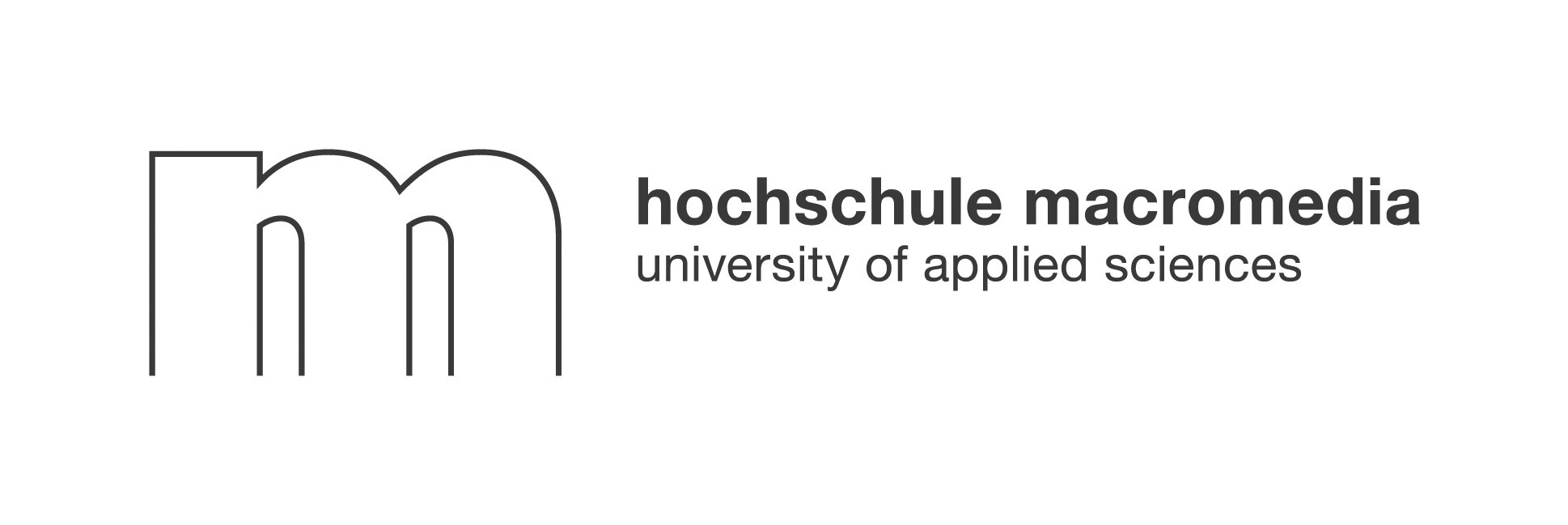Managing remote and office teams is now the defining challenge for modern leaders. As hybrid work becomes the norm in 2025, organizations are discovering that blending in-office and remote talent is far trickier than simply offering flexible schedules. The stakes are high: hybrid teams that click outperform, but those that clash risk miscommunication, disengagement, and missed goals. If you’re searching for practical, proven strategies to bridge the gap, you’re in the right place. This guide unpacks the real-world hurdles and delivers 12 actionable tactics for managing remote and office teams—so your hybrid workforce thrives all year.
Why Hybrid Management Is Harder Than It Looks
Hybrid management is not just a remix of remote and office leadership styles; it’s a new discipline with its own pitfalls and payoffs. Many leaders underestimate how quickly small cracks can widen into major rifts between remote and in-office staff.
Top Challenges Leaders Report
Recent surveys and firsthand accounts reveal that managers face several recurring obstacles:
- Communication breakdowns: Nuances get lost in chats and emails, leading to confusion.
- Time zone headaches: Scheduling meetings across locations is a constant puzzle.
- Inconsistent access to information: Remote workers often feel out of the loop.
- Trust issues: It’s harder to gauge engagement and productivity from a distance.
- Burnout and isolation: Both remote and office staff can feel overlooked or overwhelmed.
“It’s like learning to drive on the wrong side of the road. You have to get to the same destination as before, but you now have different signals, cues, and controls—and that does take some time getting used to!”
— Larry, hybrid team leader (HBR)
Remote vs Office Expectations Clash
Hybrid teams often split along expectation lines. Office workers may assume remote colleagues are less available or less invested, while remote staff can feel left out of spontaneous discussions or recognition. These mismatches can lead to resentment and lower morale unless leaders proactively align expectations and foster mutual respect.
Building One Culture Across Different Workplaces

A unified culture is the backbone of any high-performing team. In hybrid environments, culture can easily fracture into “us vs them” unless intentionally cultivated.
Shared Values, Local Rituals
Leaders should anchor the team around shared core values—such as trust, excellence, or customer focus—while allowing local expressions of those values to flourish. For example, celebrate wins globally but encourage each location or remote group to create their own rituals, like virtual coffee breaks or in-person lunches.
“My favorite remote team bonding is ‘question of the week.’ At the end of a meeting, everyone answers a fun prompt. It’s quick, inclusive, and our top feedback item for team connection.”
— Reddit manager
Inclusion for Remote Voices
Hybrid meetings can unintentionally sideline remote employees. To counteract this, make it a norm to pause and invite input from remote participants. Use chat features or round-robin formats to ensure everyone is heard. Consider assigning a “remote advocate” in each meeting to monitor and elevate remote voices.
Communication Frameworks for Managing Remote and Office Teams
Clear, intentional communication is the lifeblood of managing remote and office teams. Without it, even the best talent flounders.
Choosing the Right Channels
Not all communication tools are created equal. Use synchronous channels (like video calls) for brainstorming and sensitive topics, and asynchronous ones (like email or project boards) for updates and documentation. Limit the number of platforms to avoid message overload.
Essential communication tools for hybrid teams:
Setting Cadence: Check-ins, Stand-ups, Office Hours
Consistency beats frequency. Set regular check-ins—weekly team meetings, daily stand-ups, and monthly deep dives. Offer optional “office hours” where anyone can drop in for support or a casual chat. This structure keeps everyone aligned without overwhelming calendars.
“We have a group chat that replaced hallway conversations. No forced check-ins—just a space for quick help and informal talk. It’s vital for building rapport.”
— Reddit user
Trust, Accountability and “Micro-Understanding”
Hybrid management requires balancing trust with accountability, and a new level of attentive leadership.
Outcome-Based Goals
Shift the focus from monitoring hours to measuring results. Define clear, outcome-based goals for every team member, regardless of location. Regularly review progress in one-on-ones, using objective metrics rather than gut feeling.
Radical Transparency Without Micromanaging
Transparency fosters trust, but micromanagement erodes it. Share project updates, company news, and decisions openly, but avoid hovering over daily tasks. Instead, practice “micro-understanding”: know enough about each person’s work to offer relevant support, without dictating every move.
“Don’t bother remote employees during the day just to be a manager. Relay expectations, then trust them to deliver.”
— Reddit manager
Well-Being and Burnout Prevention for a Split Workforce
Managing remote and office teams means watching for well-being signals that often go unnoticed.
Detecting Silent Struggle
Remote employees may not speak up about stress or overload. Watch for subtle signs—missed deadlines, withdrawal from meetings, or changes in tone. Create safe channels for sharing concerns, such as anonymous surveys or regular one-on-ones focused on well-being.
Common burnout signals to look for:
- Drop in engagement or responsiveness
- Frequent absences or late arrivals
- Declining quality of work
- Social withdrawal
Mental Health Resources That Work Online and On-site
Offer mental health resources accessible to all, such as virtual counseling, wellness stipends, or digital mindfulness programs. Encourage both remote and office staff to take real breaks and disconnect after hours. Companies like Neroia make it easy for employees to effortlessly discover group activities—sports, wellness, culture—tailored to their interests, boosting well-being and connection for every team member.
Tech Stack and Workspace Tools That Unite Everyone
The right technology stack is a bridge, not a barrier, for hybrid teams.
Core Platforms You Actually Need
It’s tempting to add more tools, but simplicity wins. Choose a core set of platforms that cover communication, collaboration, and knowledge management—and stick to them. Ensure everyone, remote or in-office, has equal access and training.
Must-have tools for hybrid teams:
- Instant messaging (Slack, Teams)
- Video conferencing (Zoom, Google Meet)
- Project management (Asana, Trello)
- Document sharing (Google Drive, OneDrive)
- Social engagement (Neroia for organic team bonding)
Documentation as the Great Equaliser
Document everything: processes, decisions, project updates. Use shared drives or wikis so all team members can access information anytime. Documentation levels the playing field, ensuring remote staff aren’t left behind when office conversations happen.
“I have a Teams channel with all our resources. Anyone can update it, so the info is always accessible—just like shouting over the cubicle wall.”
— Reddit manager
Continuous Improvement: Feedback Loops and Career Growth
Hybrid teams stay sharp by listening, learning, and investing in every member’s growth.
Listening Systems (Surveys, 1:1s, AMAs)
Create multiple feedback loops:
- Pulse surveys: Quick, regular check-ins on morale and challenges.
- 1:1 meetings: Scheduled time for open conversation, driven by the employee.
- Ask Me Anything (AMA) sessions: Leaders answer any question, building trust and transparency.
Rotate meeting facilitators or invite guest speakers to keep engagement high and surface fresh perspectives.
Professional Development Paths for All Locations
Career growth should be location-agnostic. Offer equal access to training, mentorship, and stretch projects for remote and office staff. Publicize success stories from all locations, and use platforms like Neroia to connect employees with learning events, wellness sessions, and cross-team activities—no matter where they work.
“Career progression often gets lost in remote models. Have regular meetings to talk about big-picture goals and new skill opportunities.”
— DigitalOcean
Hybrid Management at a Glance: Key Practices Table

| Strategy | Remote Teams | Office Teams | Hybrid Synergy Tip |
|--------------|--------------|--------------|--------------|
| Regular check-ins | ✔️ | ✔️ | Sync schedules, rotate time slots |
| Shared documentation | ✔️ | ✔️ | Use cloud-based, searchable systems |
| Social connections | ✔️ | ✔️ | Blend virtual and in-person events |
| Outcome-based accountability | ✔️ | ✔️ | Standardize KPIs and reviews |
| Mental health support | ✔️ | ✔️ | Offer digital and onsite resources |
| Transparent communication | ✔️ | ✔️ | Publish updates in shared channels |
Bullet List: Quick Wins for Hybrid Leaders
- Set clear, outcome-focused goals for all team members.
- Use one main chat platform for both informal and formal communication.
- Schedule regular team rituals that include remote and office staff.
Ordered List: Steps to Build Hybrid Team Culture
- Define and communicate shared values that unite everyone.
- Create inclusive rituals—virtual and in-person—that reinforce those values.
- Assign meeting roles to ensure remote voices are always heard.
- Celebrate wins and milestones across all locations.
- Use feedback loops to adapt and improve culture continuously.
Bullet List: Red Flags to Watch For
- Remote staff missing out on key updates or decisions.
- Office cliques forming, leaving remote workers isolated.
- Inconsistent access to professional development.
- Burnout signs ignored because they’re less visible.
Conclusion: Hybrid Success Is Intentional
Managing remote and office teams in 2025 is both an art and a science. Success comes from aligning expectations, building one inclusive culture, and using simple but powerful tools and rituals. Companies like Neroia are leading the way in creating authentic connections, making it effortless for every employee—no matter where they work—to feel valued and engaged. By applying these 12 proven strategies, you’ll not only bridge the hybrid divide but set your team up for lasting success in the evolving world of work.




